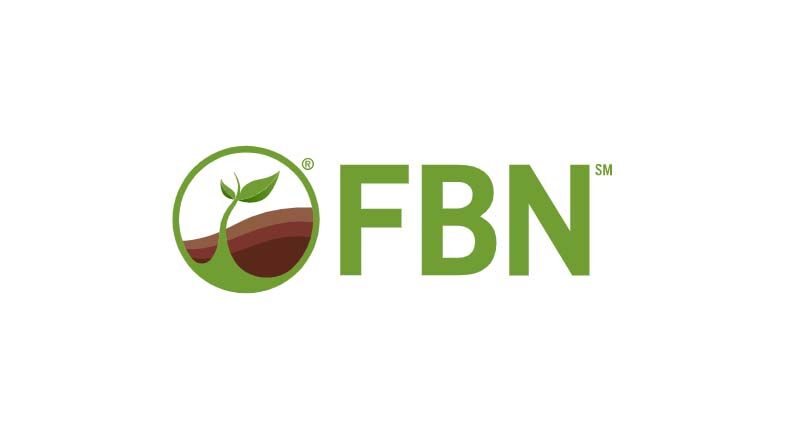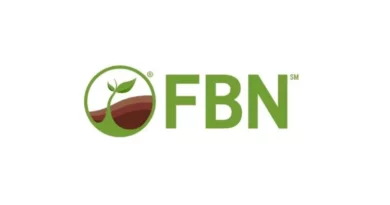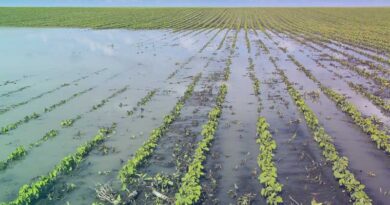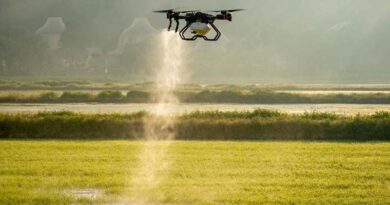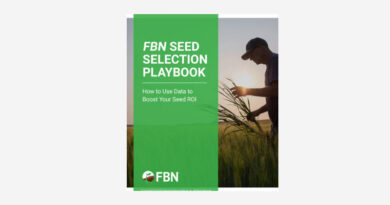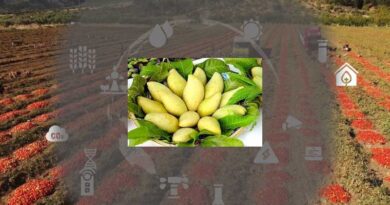How to Harvest Lodged Cereal Crops
11 October 2022, US: Mother Nature has thrown Aussie farmers another curveball. With recent strong winds, storms and heavy rain across the east coast, harvest won’t come easy this year.
Recent weather events combined with higher than average expected yields — resulting in heavy heads — means we should be on the lookout for lodging in our cereal crops.
Lodged cereal crops
Lodged crops can remain wet for long periods of time following rain, heavy dew or fog. This can become the breeding ground for foliar diseases and Fusarium Head Blight (FHB).
FHB is a fungal disease that can cause yield losses of 20-100%, along with impacts on grain quality. It is generally noticed in the florets or heads of wheat and barley, which can appear to look bleached white instead of yellow or green. Grains can appear chalky and low weight.
Weather conditions during and after flowering play a huge role in FHB outbreaks. FHB likes warm, wet weather during and after flowering. Spores can be spread by splash droplets or wind, infecting susceptible wheat or barley heads, and can travel long distances.
Mold growth is also something to pay close attention to in lodged wheat. Under favorable warm and wet conditions saprophytic fungi will readily colonise in wheat heads, resulting in a dark mold forming over the heads. To reduce the risk of mold, try to get the wheat dried down as low as possible prior to storing.
Lodging can also cause low test weights if the grain is prevented from fully maturing or filling completely and drying naturally in the paddock. This occurs mostly when the grain is rewetted in the paddock after maturity but prior to harvest. When grain is rewetted the germination process begins, thus causing a reduction in test weight.
During a wet season such as this one, it is a good idea to look at pre-harvest options for quicker dry-down. The two main methods used are windrowing or glyphosate application. There are pros and cons to each method, so find what works for you and discuss with your local agronomist.
Windrowing
Windrowing can speed up crop dry-down, but if adverse weather causes delays, grain in the windrow can be at a higher risk of pre-harvest sprouting.
Pre-harvest windrowing
| Advantages | Disadvantages |
| Less susceptible to hail damage | Second pass on the paddock |
| Faster dry-down compared to straight cutting | Regerm damage if late rain persists |
Glyphosate application
Glyphosate application during the hard dough stage can hasten dry-down in wet conditions. However, there is a seven-day pre-harvest interval, so at most you gain a couple of days. Always follow label directions and use a glyphosate that is registered for pre-harvest over the top (OTT) application.
Pre-harvest glyphosate applications
| Advantages | Disadvantages |
| Fast application | Spray drift potential |
| Even maturing | Poor perennial weed control |
| Good annual weed control | |
| Fast dry-down |
Strategies to make harvest easier despite lodging
Lodging can make harvesting an adventure, but there are a number of things we can do to make harvesting a little easier.
- Limit paddock traffic to avoid the wheat sticking to the mud.
- Harvest in one direction against the grain and, if possible, use crop lifters.
- Adjust the reel far enough down to lay the head on the platform. You want to get as low as you can when picking up the wheat to get as much of the plant cut and through the combine as possible.
- Go slow — the reel should turn just faster than ground speed. Facing the reel forward and down will help to lift a lodged crop.
- Don’t delay your harvest too long. If there is a break in the weather and the crop is ready, get it off the paddock to reduce possible disease pressures.
There are a number of ways to keep an eye on your crops for disease and lodging, so that you can implement the best practice for your harvest. Consult with your agronomist to ensure you harvest a high yielding, high quality grain.
Also Read: India signs deal with Dubai company to improve DAP and NPK supply
(For Latest Agriculture News & Updates, follow Krishak Jagat on Google News)

